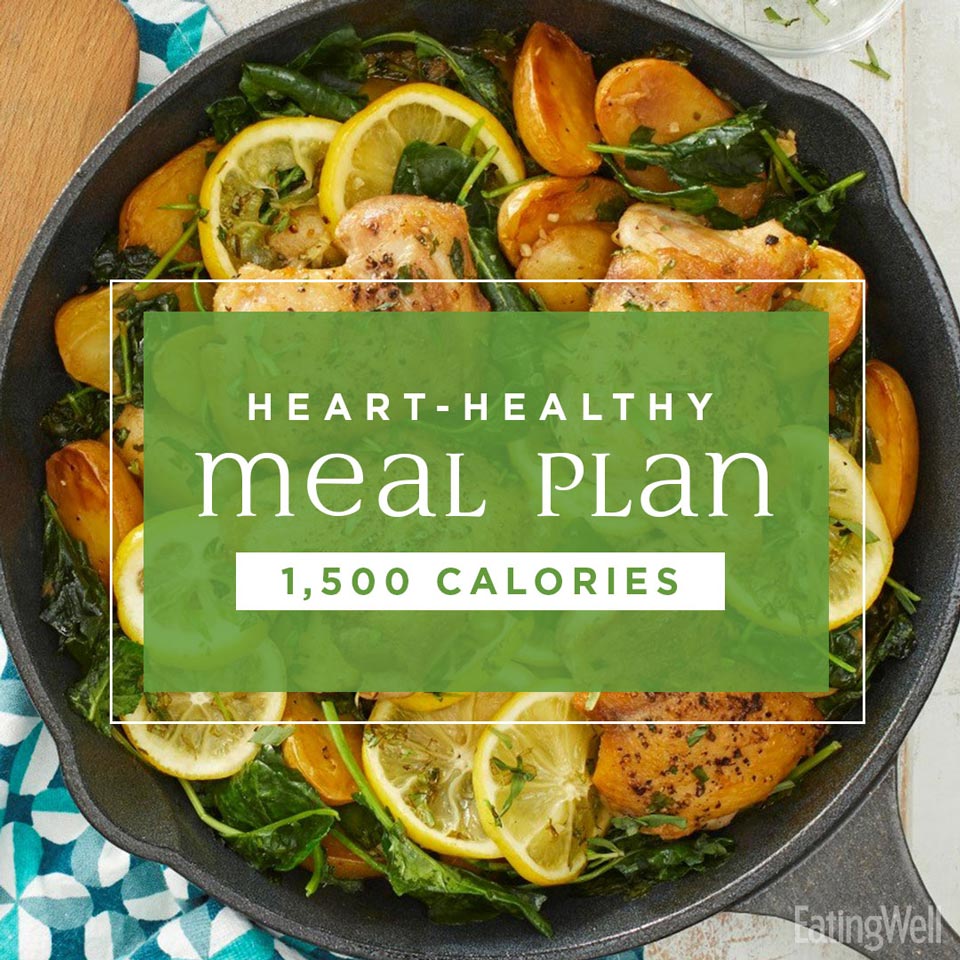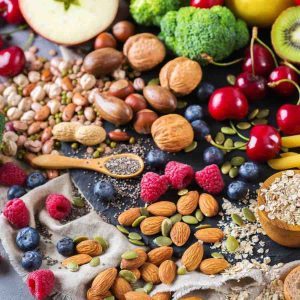
Access to healthy food is a major problem in the world's health system. The lack of access to supermarkets, chain grocery stores, and sustainable foods affects minority communities the most. Low-income people are more likely to struggle to purchase the healthy food they require. In addition, crime and poverty can be significant barriers to accessing healthy foods. These issues have resulted in a lack of local grocery stores and social schemes, reducing access to healthy food for minority populations.
Lack of healthy food is a worldwide health problem. This is likely to be due to poor socioeconomic status as well as a lack genuine institutional support. In fact, socioeconomic status is associated with multiple health outcomes and maintains its association with disease even when intervening mechanisms change. This suggests that policymakers should be mindful of the potential for wide-ranging societal interventions to increase access and quality food. This approach might be particularly useful for communities of low socioeconomic status and those with minorities.

Another factor that influences food choices is the accessibility to shops. This is directly related to geographical location and resources. It plays a significant role in determining how easily people can access healthy foods. Many poor communities and rural areas are unable to access supermarkets or markets easily. These local food markets often offer low-nutrient foods while larger supermarkets might have more variety. The high costs of accessing healthy foods is a barrier to increasing consumption.
The private sector can also play a part in increasing access and affordability to healthy food. Lower prices can make healthy food more affordable. They can also expand distribution and reach more vulnerable consumers. By making healthier food more affordable and more readily available, companies can improve access to healthy foods. Despite the difficulty of purchasing food, the private market can make it more accessible for consumers to choose a healthier lifestyle.
The private sector has been perceived as a part of the problem and a solution. Businesses can increase the availability and affordability of healthy food through distribution and pricing. These companies help increase the availability of healthy foods in communities. The quality of health in these communities is not as important as the price, so these companies can make it more affordable. But the private sector should also be doing their part to improve the situation. Food businesses can also offer healthier food to areas that aren't economically viable by offering more transportation options.

The environment in which a person lives has a direct impact on their health. It is crucial to create an environment conducive for healthy eating. We cannot stress enough the importance of healthy eating habits. Having a convenient and affordable environment is a necessity for a healthy life. People will feel better if their community has a healthy eating environment. A lack of infrastructure can lead to people becoming less healthy.
FAQ
What's the difference between intermittent fasting versus calorie restriction
Calorie restriction is when you eat less than your body needs. Intermittent fasting, on the other hand, doesn't restrict calories. It focuses on eating fewer calories during the day.
Intermittent fasting allows you to indulge in foods that you love while feeling guilt-free.
Both methods have their advantages and disadvantages. You will need to decide which method is best for you.
How to Make an Exercise Plan?
You must first create a routine. You should know what you will do each week and how long. This will help you plan ahead and prevent procrastination.
A second important thing to do is ensure you have lots of variety when it comes to your exercise routine. You don't want to become bored with exercise because then you won't stick with it.
Also, you need to keep track on your progress. It's crucial to track your weight changes over time.
You can lose weight quickly if you do not gain weight. You may find it difficult to stay motivated if your weight increases.
It is important to find the right balance between weight gain or weight loss. You won't be able to exercise if your current weight is not comfortable.
Can I eat the fruits of my intermittent fasting diet?
Fruits are great for your health. They contain vitamins, minerals, fiber and antioxidants. However, they contain sugar, which can cause blood glucose to rise. This can lead both to insulin resistance and weight loss. If you are looking to lose weight through an IF diet you need to choose low glycemic-index fruits such as oranges, pears, berries and melons.
What foods will help me lose weight more quickly?
Consuming fewer calories is a great way to lose weight quickly. This can be done in two ways:
-
Reduce the calories you eat each day.
-
Get more exercise to increase your metabolism.
Reducing the number of calories you eat is easier said than done. There are calorie-laden fast food options all around us. But, here's a list of foods that will help you shed those extra pounds.
-
Beans are high on fiber and protein. They are low in calories, so they're a good choice for people who want to lower their caloric intake.
-
Oatmeal, while low in calories, is high in nutrients like potassium and magnesium. Oatmeal also contains less sugar that other cereals.
-
Eggs are high on cholesterol and protein. Eating eggs at least twice a week can increase your metabolism, which helps you burn more calories.
-
Whole grain bread may help you feel fuller, longer.
-
Dark chocolate is high in antioxidants, flavonoids and other substances that have been linked with lower blood pressure and better heart health.
-
Cottage cheese is full of calcium, which helps build strong bones. Cottage cheese is also high in calcium, which aids in bone strength.
-
Salmon is packed with omega-3 fatty acids, which promote brain development and improve cardiovascular function.
-
Green tea is rich in catechins, compounds which fight cancer and increase metabolism.
-
Broccoli is an excellent source of folic acids, which helps to lower homocysteine levels. A higher risk of developing heart disease and stroke is associated with high homocysteine levels.
-
Yogurt can be a great way for you to get probiotics without having to eat a lot of sugar. Probiotics play an important role in digestive health.
-
Berries are a delicious snack option that's also very nutritious. All fruits, including blackberries, blueberries, raspberries, raspberries, cranberries and strawberries, are rich in vitamins and minerals.
-
Avocados are bursting with healthy fats. A half avocado contains 80 calories and plenty of fiber.
-
Nuts are a delicious snack option and a great source protein. All kinds of nuts are great choices, including almonds.
-
Sweet potatoes are another starchy crop that is rich in beta carotene. This makes your skin glow. Orange sweet potatoes have a higher amount of beta carotene that regular sweet potatoes.
Statistics
- Among women, the increase in metabolic rate was nearly 4%, or 50 more calories per day (14Trusted Source (healthline.com)
- One study in 9 active men found that HIIT burned 25–30% more calories per minute than other types of exercises, including weight training, cycling, and running on a treadmill (18Trusted Source (healthline.com)
- According to Harvard Health, it's estimated that a 155-pound (70-kg) person burns roughly 112 calories per 30 minutes of weight training (5). (healthline.com)
- According to a study sponsored by the American Council on Exercise, a person weighing around 140 pounds (64 kg) would burn 108 calories at a 30-minute beginner's Pilates class or 168 calories at an advanced class of the same duration (26). (healthline.com)
External Links
How To
How to quickly lose belly weight?
You should know that losing bellyfat is difficult. It takes dedication, hard work, and dedication. These tips will help you achieve your goals.
-
Healthy Food It is vital to eat healthy food. Ensure that you eat foods like fruits, vegetables, whole grains, lean protein, low-fat dairy products, nuts, seeds, beans, legumes, fish, poultry, eggs, olive oil, low-sugar fruits and vegetables, and stay away from junk food.
-
Drink Water. Water is good for you. It keeps your body hydrated so that you feel satisfied and full for longer periods. Get plenty of water every single day.
-
Cardio exercises. Cardio exercises are great for building muscle mass and helping you burn more calories. They can improve your heart health as well as increase metabolism. Cardio exercise should be done for 30 minutes each day.
-
Get enough rest. Sleep plays a vital role in maintaining good health. Sleep deprivation can lead to anxiety and stress, which can then cause unhealthy behaviors like smoking and overeating.
-
Reduce stress levels. Stress has a profound effect on brain chemistry as well as hormonal levels. Cortisol is a hormone that causes stress to increase hunger pangs and increases cravings for high-calorie food.
-
Regular breaks. Take regular breaks throughout each day. Go outside and walk around or take a short nap. Doing so will give your mind and body the time they need to unwind and recover.
-
Avoid Alcohol Consumption. Alcohol is a waste of calories that slows down the body's ability to digest food. If you're trying to lose belly fat, drinking alcohol should be avoided as much as possible.
-
Have fun!